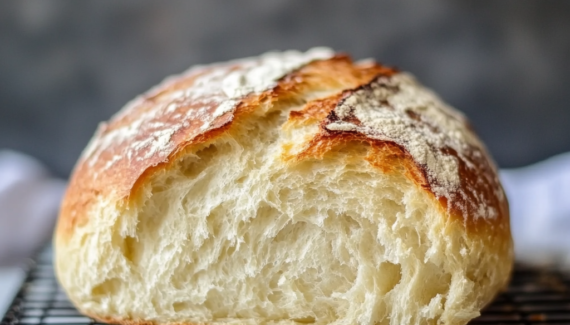
Here’s a detailed, unique article based on your request:
When Boiled Eggs Go Wrong: A Deviled Egg Disaster
Boiled eggs are a kitchen staple, especially when it comes to making deviled eggs. But sometimes, even the simplest recipes can go awry. This article explores a common mistake—boiling eggs with salt in the water—and provides a detailed, step-by-step guide on how to do it correctly next time, so you don’t end up with a kitchen disaster.
The Problem: Salted Boiled Eggs Gone Wrong
Imagine preparing for a gathering or family dinner, excited to make creamy deviled eggs. You carefully place your eggs in a pot, add a generous amount of salt to the water, and start boiling. Later, when you peel them, the eggs are far from perfect: the whites may be rubbery, the yolks chalky, or the eggs might even crack during cooking. In this scenario, the eggs became completely unusable for deviled eggs.
Why does this happen? Adding salt directly to boiling water can alter the eggs’ texture. Salt increases the water’s density, which sometimes leads to uneven cooking, especially if the eggs are older or at room temperature. The result? Disaster.
Step-by-Step Guide to Avoiding Boiled Egg Disaster
Here’s how to make perfectly boiled eggs suitable for deviled eggs:
Step 1: Choose Fresh Eggs
- Tip: Use eggs that are 1–2 weeks old. Super fresh eggs are harder to peel after boiling.
- Reason: Older eggs peel more easily because the pH of the white increases over time, loosening the bond between the egg white and the shell.
Step 2: Prepare Your Pot
- Place eggs in a single layer in a saucepan.
- Fill with cold water until eggs are covered by about 1–2 inches of water.
- Avoid adding salt at this stage; it’s better used after boiling to prevent texture issues.
Step 3: Heat Gradually
- Place the pot over medium-high heat.
- Slowly bring water to a rolling boil.
- Sudden high heat can crack the eggs or cook them unevenly.









No Responses Yet